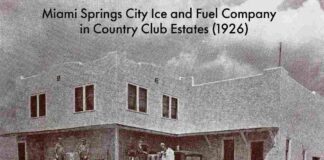What were you doing on August 24, 1992?

If you lived in Miami Springs, you were checking on family, cleaning up the mess, sweating, and hoping to get power as soon as possible. However, this was pre-Internet and smartphone days. So it wouldn’t be until later in the day as news reports came back from South Dade that we truly realized that we had dodged a bullet.
Let’s go back to the day before Andrew: Sunday, August 23, 1992. It was a beautiful day in Miami Springs. It was hot, but it wasn’t rainy, and you were able to take the full day to prepare the home for what was coming. And most of Miami Springs was doing their part to protect their homes and help out friends, family members, and neighbors with last minute preparations.
Funny story: I was scheduled for Freshman Orientation that Sunday at noon at the University of Miami. I called the University at 9am on Sunday and they informed me that Orientation was still scheduled for noon. My father instructed me to bring down the neighbor’s awnings, since the neighbor was out of town, and to call UM again at 11am. Sure enough, when I called UM at 11am they told me Freshman Orientation would be rescheduled due to the Hurricane. There was no escaping all the work I had to do that day.
After a long day of working, everyone was getting settled to go to sleep. We had extra guests who stayed with us overnight as they lived in a wood frame home. We also had our outdoor dogs spending the night inside one of our bathrooms. We had a long night ahead…
Shortly before midnight, I remember stepping outside to view the sky. It was a beautiful clear night. There was a slight breeze and I could see cloud formations that were starting to move in swiftly from the east. It was the outer edge of Hurricane Andrew.
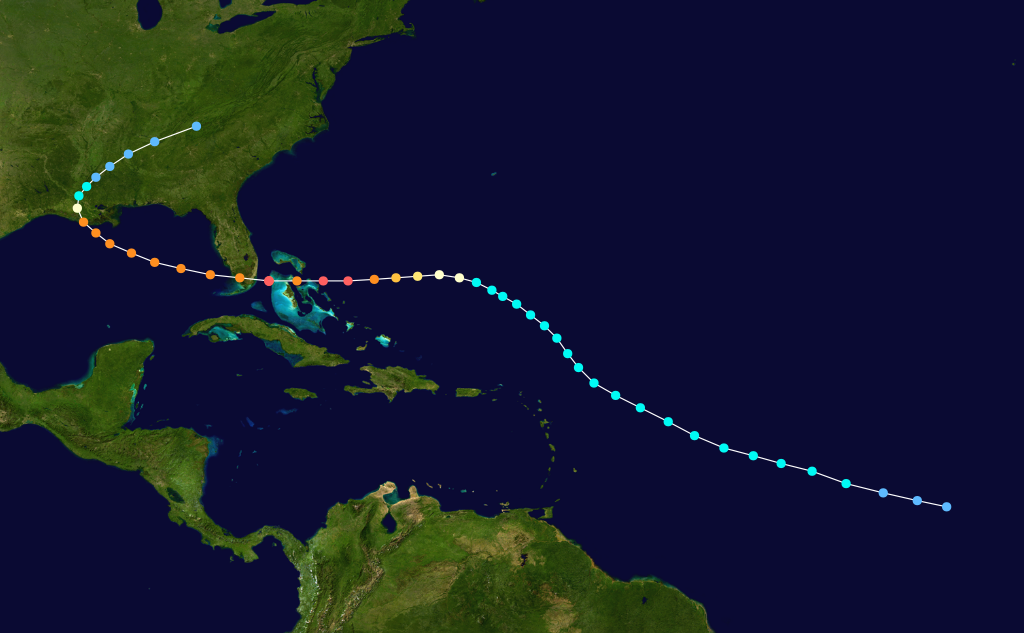
At about 4 or 5 in the morning, I awoke to hear a roar of wind I hope I never hear again. The power was clearly off, and you immediately noticed how warm it was inside the house. It was muggy as the air conditioner was no longer reducing the humidity.
I stepped out of the room quietly to not disturb anyone (as if it mattered with the roar outside). I had to sneak into my parents’ bathroom as the German Shepherd (who normally slept outside) had surely made a mess spending the night in the main bathroom. To my surprise, my folks were awake, glued to the battery operated TV, watching the news broadcast. I did my thing and crashed back in my bed and fell asleep, naively unaware of the true power of a hurricane and what could have happened if the storm had not jogged south at the last minute.
A few hours later, we were outside of the Wren Avenue home, looking at minor damages. A few small trees had fallen in our house, but no serious structural damage. There were lots of bigger trees that had fallen down along the street and behind our home. We were lucky, but hadn’t realized HOW lucky, just yet.
After spending the morning raising the awnings so we could open the windows, my father headed out to a County Heavy Equipment Shop he managed. It was located across the street from Cutler Ridge Mall.
My brother and I spent the day raking up the yard and cleaning up the mess. We were putting things back in their place and generally getting everything back to normal.
As you know, cell phone usage had not become as pervasive in the early 90s as it is today. Hours and hours had passed and my brother and I hadn’t heard or seen my parents. In the late afternoon, my parents finally arrived back home after their visit to Cutler Ridge.
That’s when we learned how truly lucky we were.
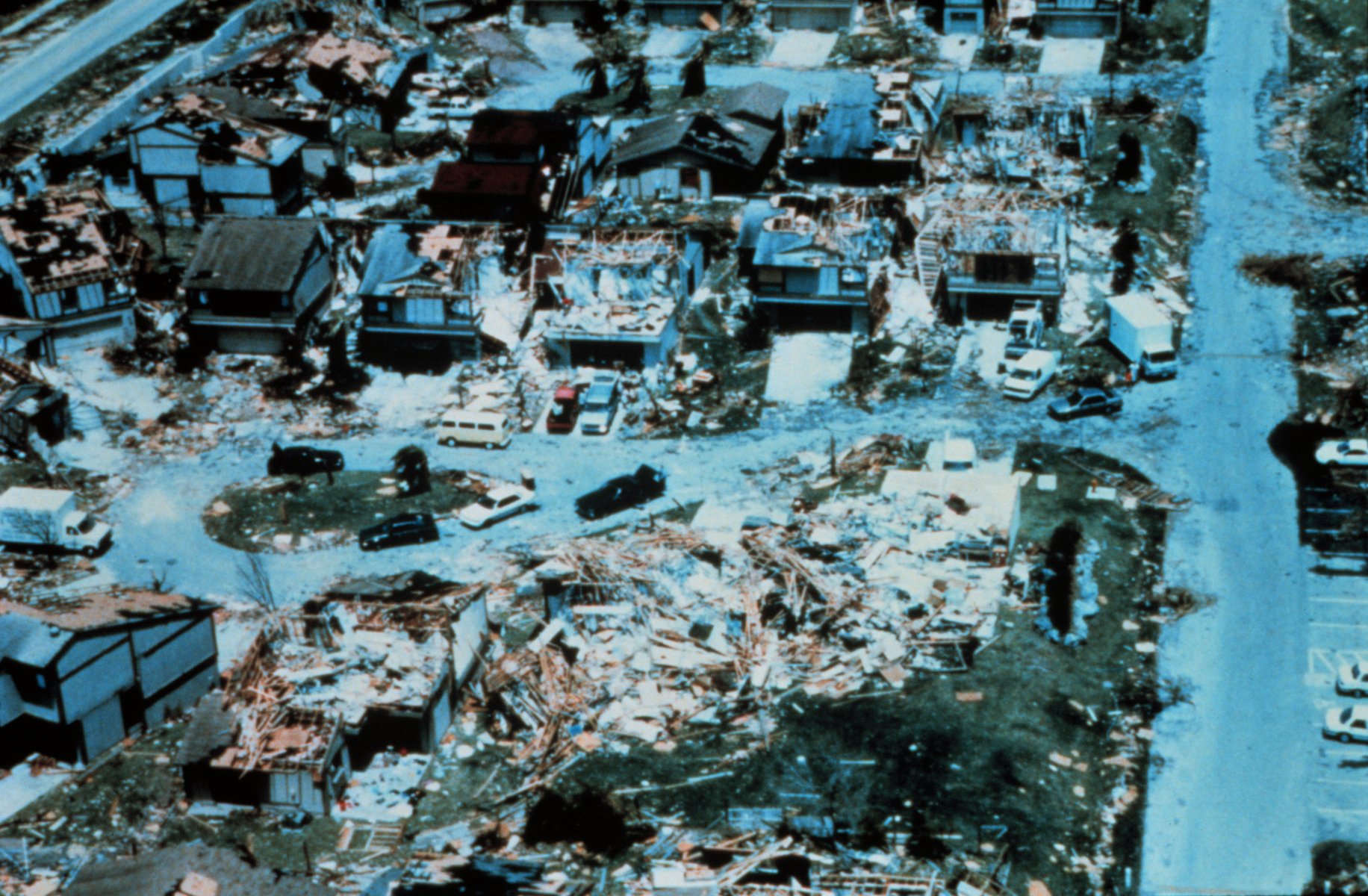
They returned home shell shocked. They couldn’t believe how bad it really was in South Dade.
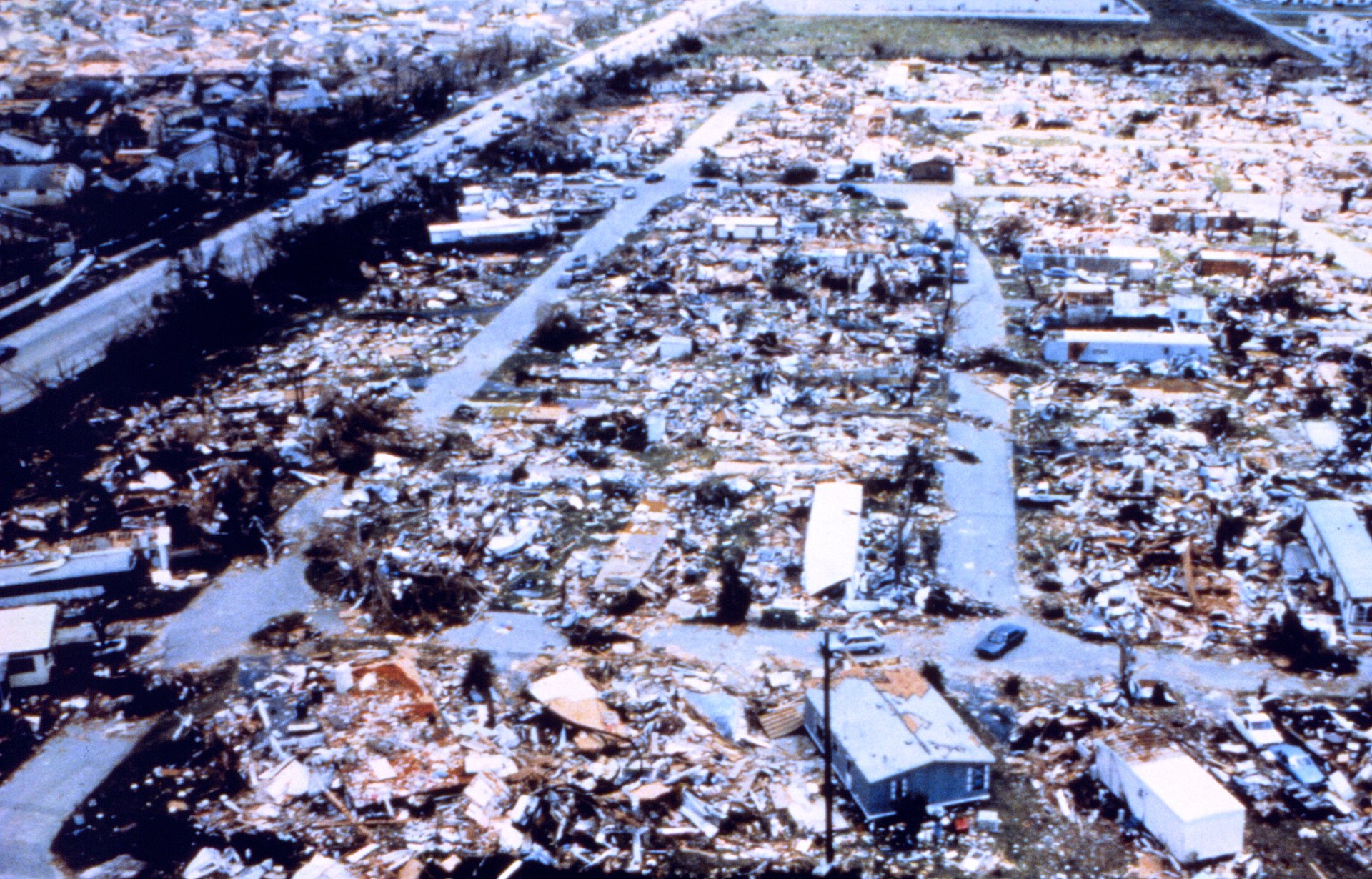
As my father explained, there were no signs on the highway. None. Complete buildings were gone. Vehicles were thrown around like a game of 52 pickup.
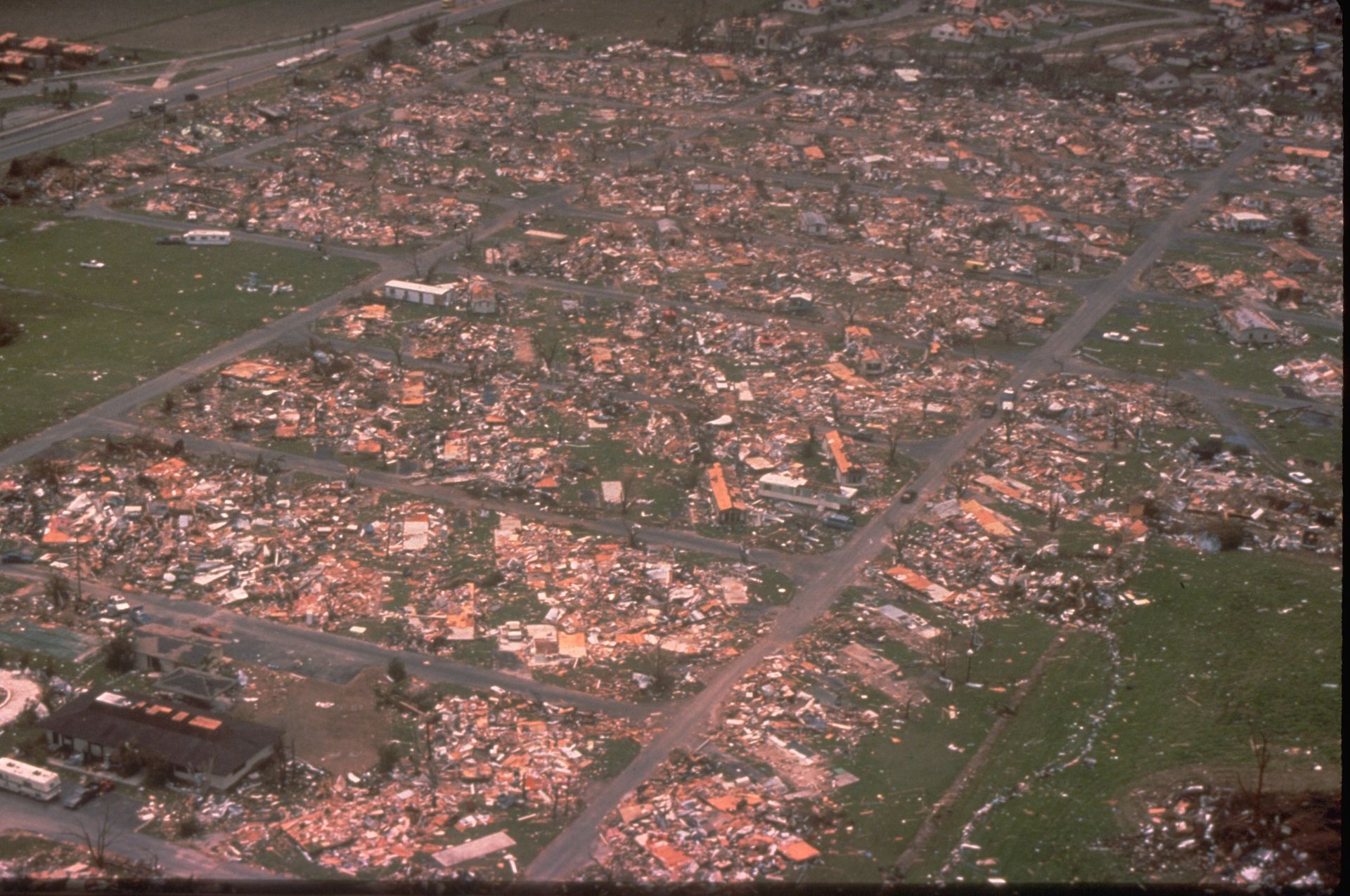
Fortunately, the county facilities were built to an extremely high standard and his shop survived with just minor damages. In fact, the facility was part of the South Dade Government Center and it became the center of relief efforts.
During the initial days of the South Florida relief efforts, the only forklift available to pull out supplies from the tractor trailers was from my father’s county shop. On multiple nights, he’d head out of Miami Springs after the mandatory curfew (albeit in the county van) to head to South Dade to pull out supplies as they arrived.
I had the opportunity to head out with my brother and father to help pull the supplies off the tractors. We’d tie a chain from the forklift to the pallets to pull the each pallet towards the rear of the tractor. Then the forklift could access the pallet and unload it to an awaiting group of volunteers who were helping out.
Even Dan Marino and Jim Jensen of the Miami Dolphins showed up to bring attention to the needs of the people in South Dade.
As you know, it took decades for Homestead to recover. And recover it did. Today the Homestead area is far bigger, more prosperous, and far more populated than it was back in 1992.
As for Miami Springs, it felt like an eternity before we regained power, as slowly but surely, each block came back. It was an incredible effort with round the clock crews from all across the country converging in Miami-Dade county to get things back to normal. As you may remember, schools started later that year. Colleges opened up with a shorter semester. We were the Hurricane Class.
Nevertheless, Miami Springs was extremely – extremely lucky. Hurricane Andrew was a Category 5. We’ve seen what storms like Wilma (a Category 3) and Hurricane Irma (a distant Hurricane) could do in Miami Springs. But that’s nothing like the nightmare scenario of a direct hit up the Miami River from a Category 5.
NIGHTMARE HURRICANE SCENARIO
What’s the nightmare scenario you ask?
Most people don’t realize this, but Miami Springs is actually located in an evacuation zone. Evacuation Zone D to be specific:

How could we be in an evacuation zone when we’re miles from the ocean?
The answer is the Miami River. The Miami River connects directly to Biscayne Bay. Remember how downtown Miami was flooded from the storm surge from Hurricane Irma? That was from a storm who’s center was over a hundred miles away from Miami. Now, imagine a powerful category 4 or 5 storm storm with the center crossing Brickell and working its way through Little Havana and following the river up through Miami International, Miami Springs, Medley and Doral.

That’s where you’re talking about catastrophic storm surge that bypasses all flood control systems and overwhelms the river and floods everything near the river…including Miami Springs and South Hialeah.
Fortunately, for this to happen, a hurricane needs to come in a very specific direction to push the storm surge up the river, making it an unlikely, but not impossible scenario.
In fact, it wouldn’t even be the first time Miami Springs floods due to a hurricane. In 1947, the area was impacted by two storms. (Not dissimilar to 2005 when we got hit with Katrina and Wilma in the same year.)
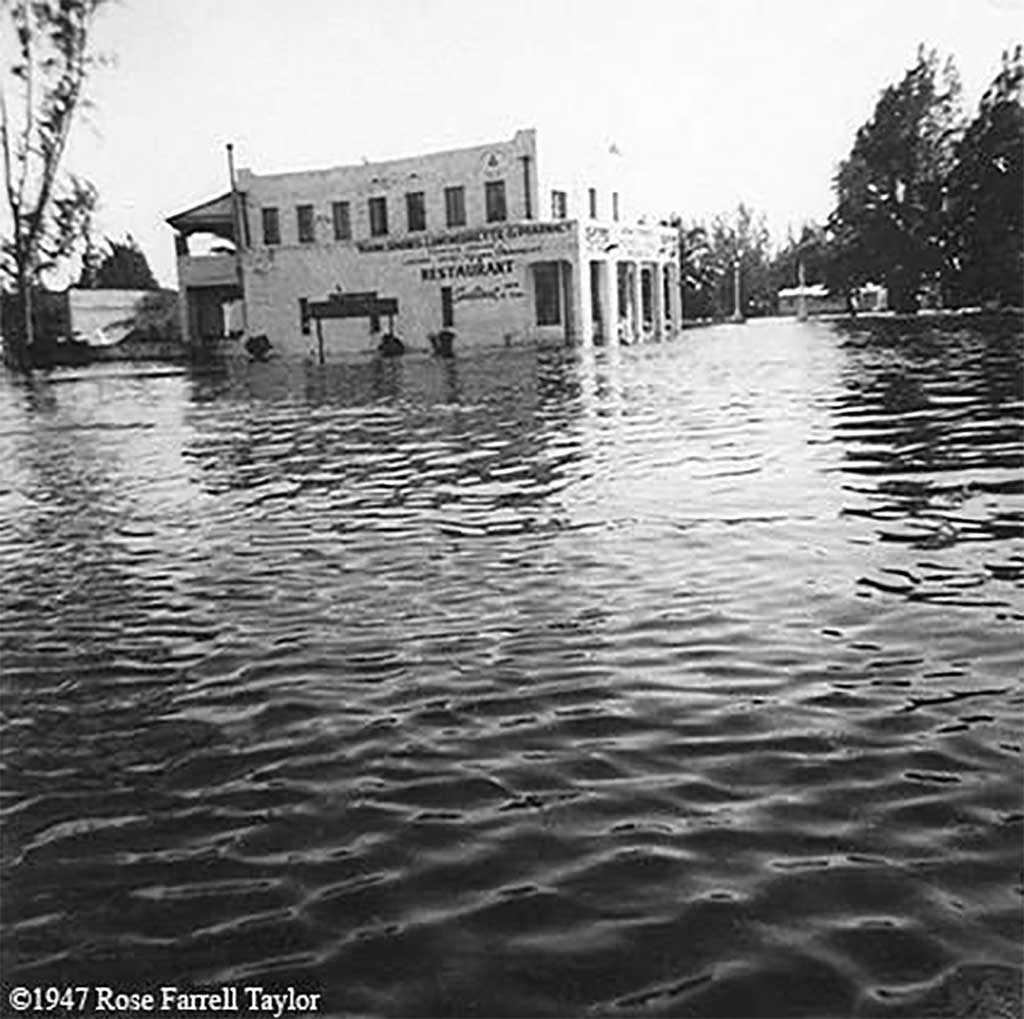
The first storm to hit the area was the 1947 Fort Lauderdale Hurricane that struck on September 16th. According to Wikipedia, “Half the homes in Miami Springs” were flooded by this storm.
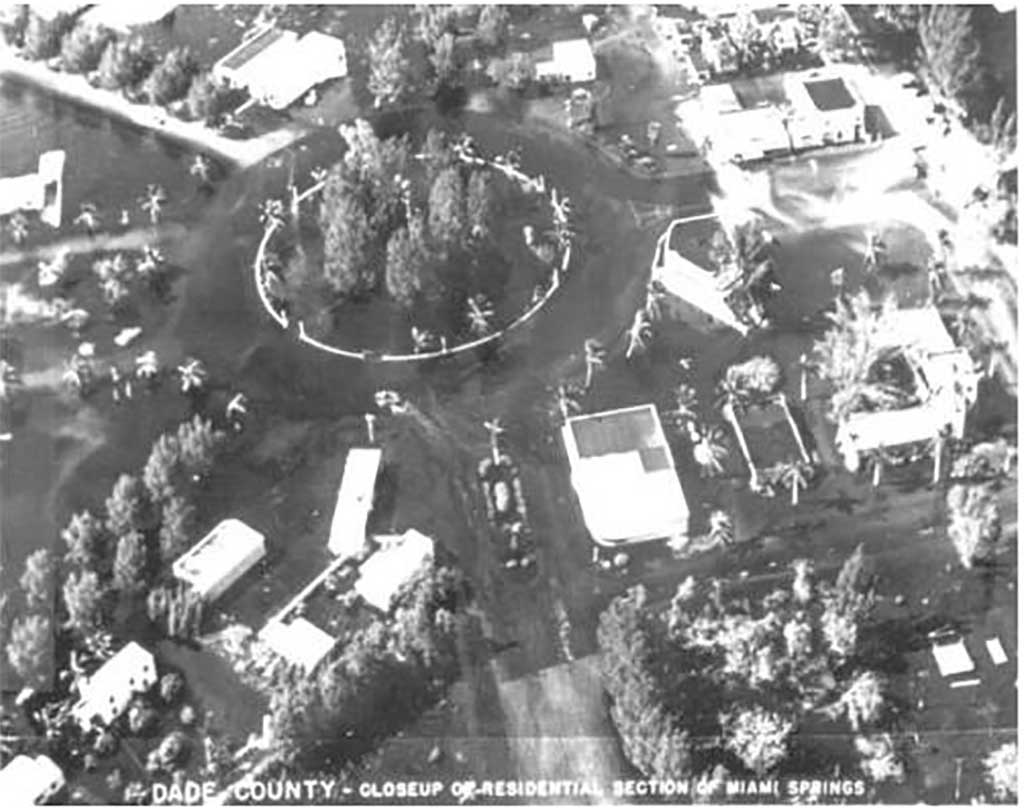
But that wasn’t the only storm to hit the area. Less than 30 days later, on October 12, 1947, Hurricane King dumped a record amount of rain in the area. According to Wikipedia, a “weather observation site in Hialeah” recorded over an inch of rain in just 10 minutes, and 6 inches of rain in just over one hour. The continuous rainfall and the previously saturated ground left Hialeah “submerged under 6 feet of water. Similarly, ‘waist deep’ depths were reported in nearby Miami Springs.”
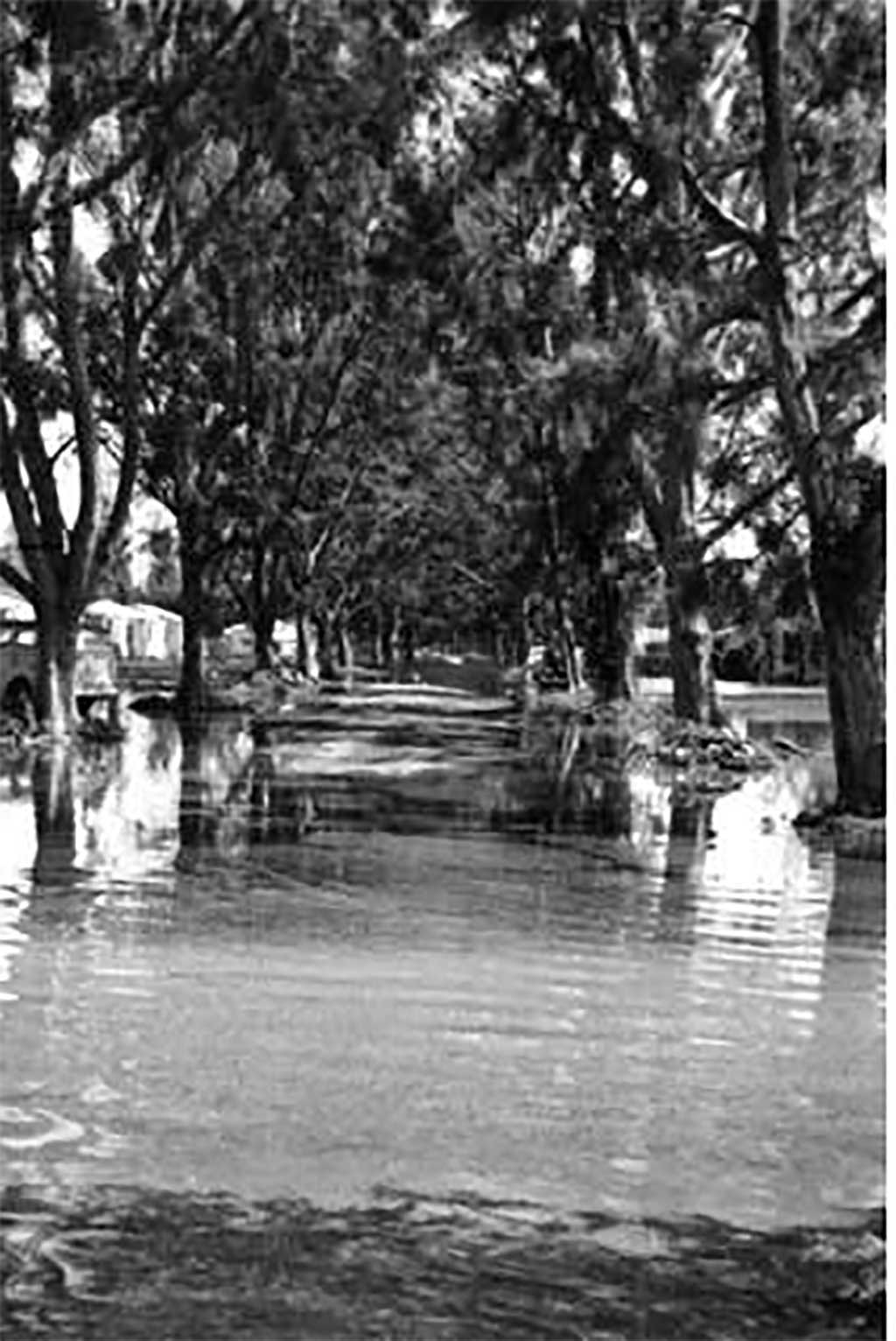
As we have learned, each storm is different. Some are minor inconveniences, while other storms can be life threatening and devastate the area.
Miami Springs hasn’t had a major flood since the October Flood of 1991. Many improvements have been made to the drainage systems in the area to prevent similar flooding. But no drainage system can move water out when the entire area is overwhelmed by deluge and storm surge.
Each year, we hope and pray we don’t get any storm, or at least not a major storm. And most years, we do get by unscathed. But it’s a reminder that we must always be prepared for a storm and the many different ways it can impact our lives…because sooner or later, we will get another storm.
CATASTROPHIC STORMS
Hurricanes cause widespread damage. We are all very familiar with the fact that a hurricane in the Keys can still cause power outages, down trees, and cause roof damage here in Miami Springs. Look no further than Hurricane Irma that hit Cudjoe Key on September 10, 2017, but still impacted Miami Springs with many down trees and power outages.
However, as you know hurricanes vary drastically in strength. Below are the 5 hurricane categories within the Saffir-Simpson scale. The descriptions vary from “some damage” to “extensive damage” to “devastating damage” to “catastrophic damage.”
- Cat 1: Very dangerous winds will produce some damage
- Cat 2: Extremely dangerous winds will produce extensive damage
- Cat 3: Devastating damage will occur
- Cat 4: Catastrophic damage will occur
- Cat 5: Catastrophic damage will occur
Fortunately, Miami-Dade has only record two storms that fall within the “Catastrophic Damage” categories within the last 100 years: The Great Miami Hurricane of 1926 and Hurricane Andrew in 1992.
Great Miami Hurricane
The Great Miami Hurricane devastated Miami, Hialeah, and Miami Springs. The storm hit Miami Springs just days after the City of Miami Springs incorporated. (Originally called Country Club Estates.).
The 1926 Miami Hurricane brought the economic depression early to South Florida as it effectively ended the land boom of the 1920s. The area truly didn’t recover for another 20 years. That’s why you’ll notice Miami Springs is dotted with just a handful of 1920s homes (including the Curtiss Mansion), but most of Miami Springs was truly developed after World War II in the 1950s.
Fun fact: Did you know that Hialeah was home to multiple early 20s movie studios? You can thank the Great Miami Hurricane of 1926 for the departure of the movie industry from South Florida to Southern California. Investors quickly pulled out and took their money west.
HURRICANE MEMORIES
What are your memories of Hurricane Andrew? Please comment further below or share your experience on social media.





















